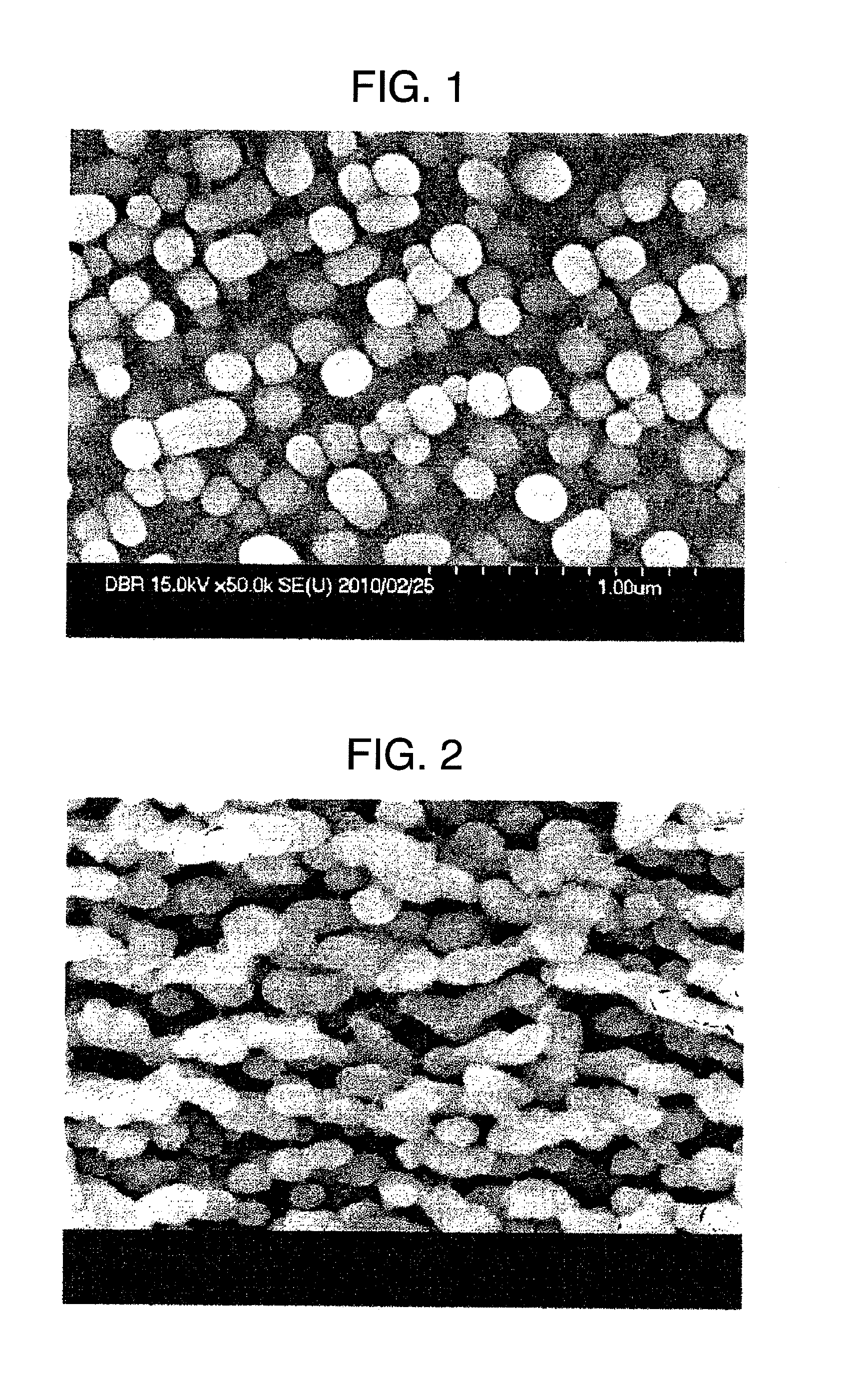Co-based alloy
a co-based alloy and alloy technology, applied in the field of co-based alloys, can solve the problems of inferior machinability and hot workability of ni-based alloys, harmful processing, and inferior hot workability of conventional co-based alloys, and achieve the effects of suppressing grain boundary sliding, reducing hot workability, and large
- Summary
- Abstract
- Description
- Claims
- Application Information
AI Technical Summary
Benefits of technology
Problems solved by technology
Method used
Image
Examples
examples 1 to 27
, Comparative Examples 31 to 52
1. Preparation of Specimens
[0074]Alloys having compositions shown in Tables 1 and 2 were each melted in a vacuum induction furnace to obtain a 50 kg ingot. Each ingot prepared by melting was subjected to homogenizing heat treatment at 1200° C. for 16 hours. Then, the ingot was forged into a rod having a diameter of 16 mm. Solution treatment (ST) was performed for the forged material, under conditions of 1200° C. and followed by air cooling for one hour. Then, two-step aging treatment (AG) was performed under conditions of 900° C. for 24 hours followed by air cooling, and furthermore, under conditions of 800° C. for 24 hours followed by air cooling.
TABLE 1composition (mass %)CNiCoCrWAlBMgZrCaothersExample 10.02047.6Bal12.416.23.7—————Example 20.00448.2Ba12.115.23.9—————Example 30.06046.9Bal12.315.44.1—————Example 40.02040.1Bal11.915.34.2—————Example 50.02142.3Bal12.116.33.5—————Example 60.02051.2Bal12.116.03.4—————Example 70.01652.5Bal12.316.13.6—————Ex...
PUM
| Property | Measurement | Unit |
|---|---|---|
| volume ratio | aaaaa | aaaaa |
| temperature | aaaaa | aaaaa |
| temperature | aaaaa | aaaaa |
Abstract
Description
Claims
Application Information
 Login to View More
Login to View More - R&D
- Intellectual Property
- Life Sciences
- Materials
- Tech Scout
- Unparalleled Data Quality
- Higher Quality Content
- 60% Fewer Hallucinations
Browse by: Latest US Patents, China's latest patents, Technical Efficacy Thesaurus, Application Domain, Technology Topic, Popular Technical Reports.
© 2025 PatSnap. All rights reserved.Legal|Privacy policy|Modern Slavery Act Transparency Statement|Sitemap|About US| Contact US: help@patsnap.com

